A five-year-old child has experienced the life-changing moment of hearing clearly for the first time, thanks to an innovative surgical procedure that reconstructed her ears and enabled sound transmission. The emotional breakthrough comes just as she begins kindergarten, marking a dramatic shift in her life and her family’s dreams.
A Childhood in Silence
From birth, the girl—Eliza Fowler—lived with a rare congenital condition called bilateral microtia, in which both outer ears were underdeveloped and lacked functioning ear canals. In her case, her ears were essentially “peanut-shaped,” and she had no eardrums or external auditory canals. Because of this, her hearing was severely impaired: she could feel vibrations, but could not understand spoken words.
To help her cope, Eliza wore a bone-anchored hearing aid (BAHA) mounted under a headband. It allowed her to detect sounds, but underwater, quiet speech, or sounds from certain directions remained largely inaccessible.
The Surgery That Opened the World
Recently, Eliza underwent a two-part surgical journey:
- Reconstructive Ear Surgery
Using a technique developed by a specialized clinic, surgeons reconstructed her outer ears to create more natural shape and structure. This rebuild used materials and methods designed to minimize scarring and restore aesthetics, timed to coincide with developmental milestones around age five. - Implant to Restore Hearing
After rebuilding her external ear structure, she received a cochlear bone-conduction implant (Osia implant) placed beneath the skin and attached to her skull. This device bypasses absent middle-ear structures and sends sound vibrations directly through bone to the inner ear. The surgery was lengthy—about 10 hours—but successfully integrated the implant into her reconstructive framework.
The moment she first heard her mother’s voice clearly was profound. Family members, medical staff, and Eliza herself reacted with tears, singing “happy birthday” around her new ears in celebration of the first clear sounds she had ever perceived.
Everyday Moments, Newly Heard
The transformation is already affecting Eliza’s world in small but meaningful ways:
- In the bathtub, she began to splatter water, exclaiming joy upon hearing the splash — something she’d never experienced using her old device underwater.
- She can now distinguish high-frequency sounds better, such as the “s” in “snake.”
- She hears her family’s dogs barking for the first time and delights in testing out her implant by listening all day.
Despite these strides, adaptation is ongoing. Higher frequency sounds take getting used to, and for a time Eliza said she missed her banded hearing aid when the implant was first new. Nonetheless, she admires her reconstructed ears frequently, calling them “beautiful” and checking on them each day.
What This Means in Medicine & Lives
This case illustrates how evolving surgical techniques and hearing technology can combine to create life-changing outcomes for children with severe ear birth defects. Some broader lessons:
- Timing matters: The age around five is often ideal for reconstructive intervention, balancing physical growth and surgical practicality.
- Technology integration: Marrying reconstructive aesthetics with functional hearing implants requires interdisciplinary skill—in surgery, audiology, and device integration.
- Quality of life gain: Hearing is not just about speech—it opens up sensory experience, communication, learning, connection, and emotional development for a child.
- Emotional impact: Families often describe such transitions as miraculous, saying a new world seems to open when a child hears clearly.
Eliza’s next surgery is already scheduled. In October, she will undergo a follow-up procedure to further refine her ear structure and implant alignment, and the family plans to stay nearby in California during recovery.

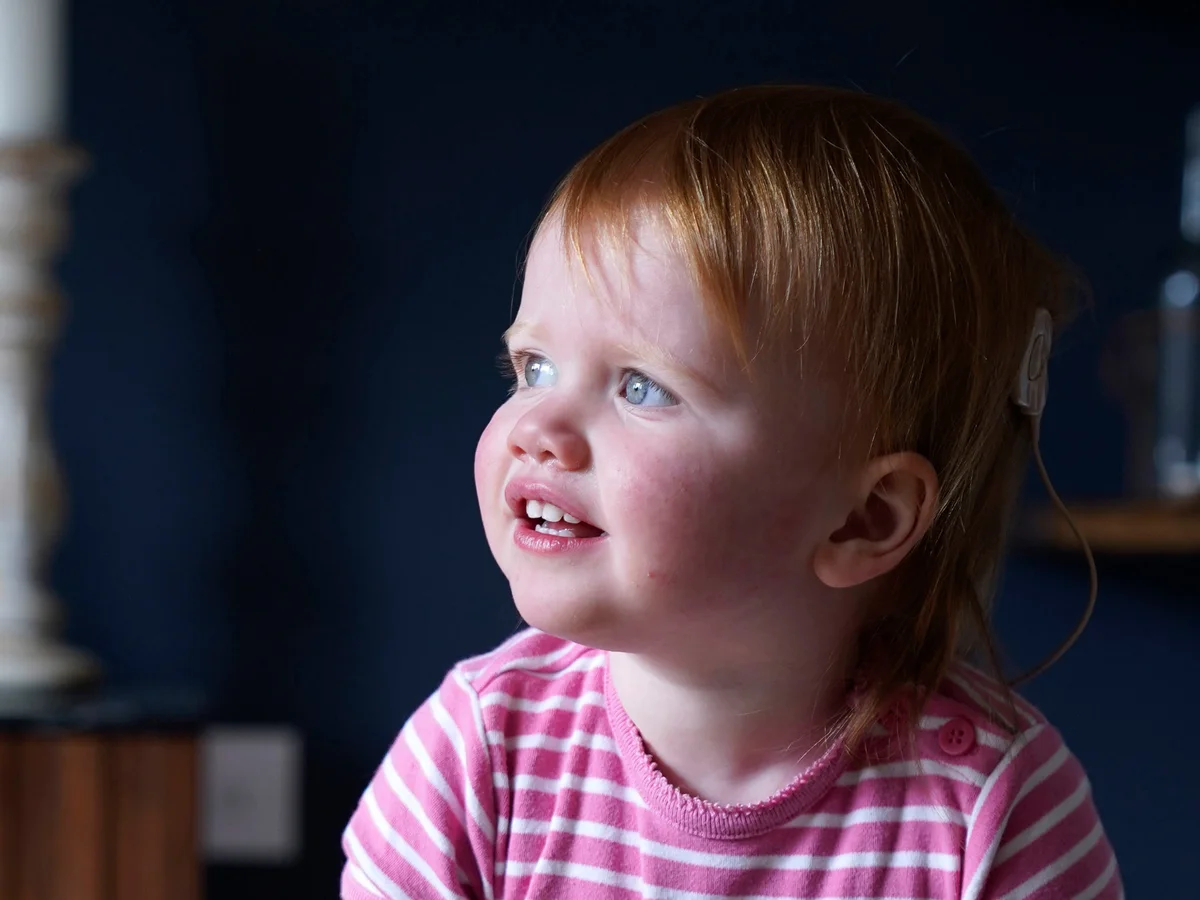
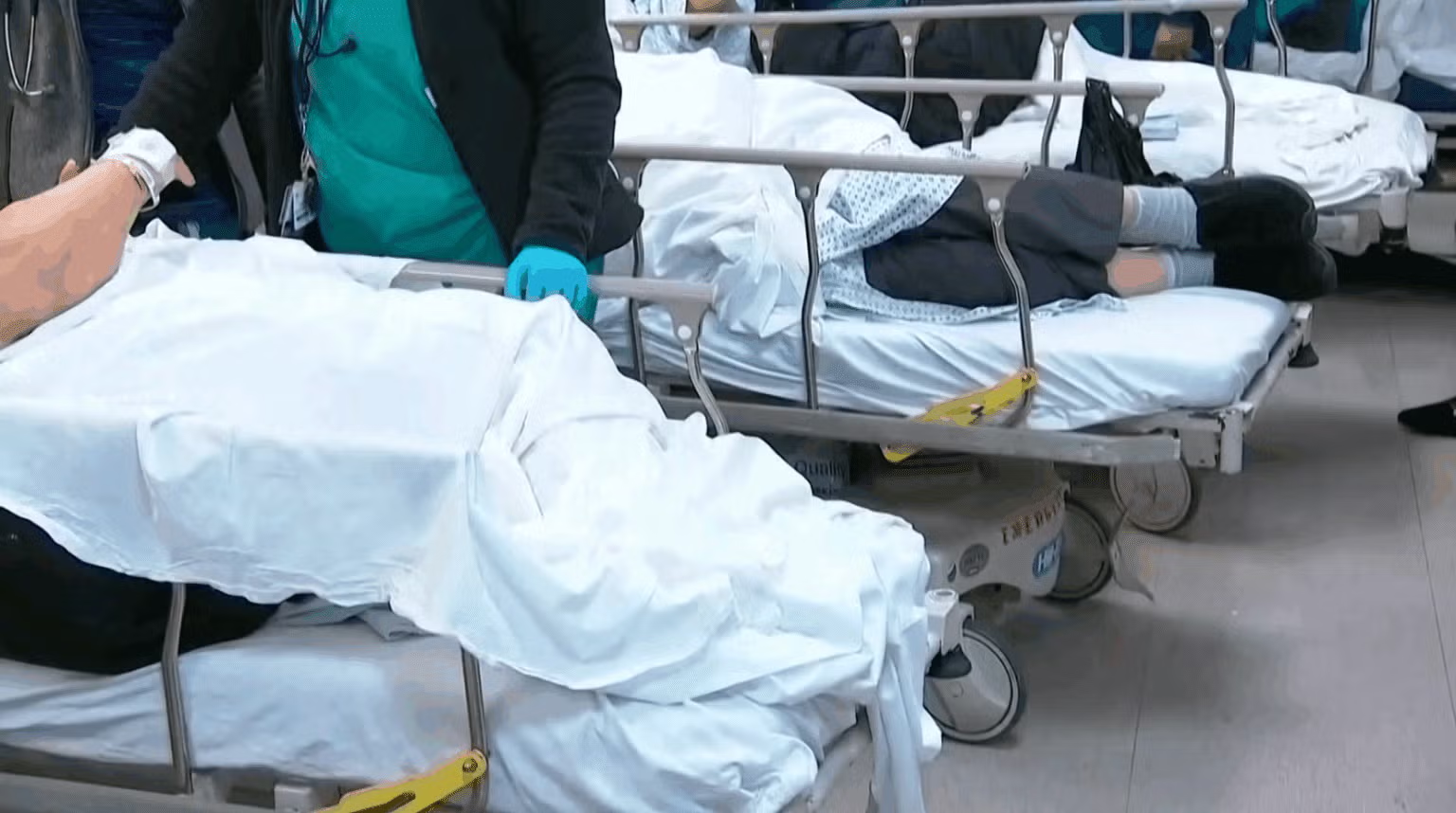
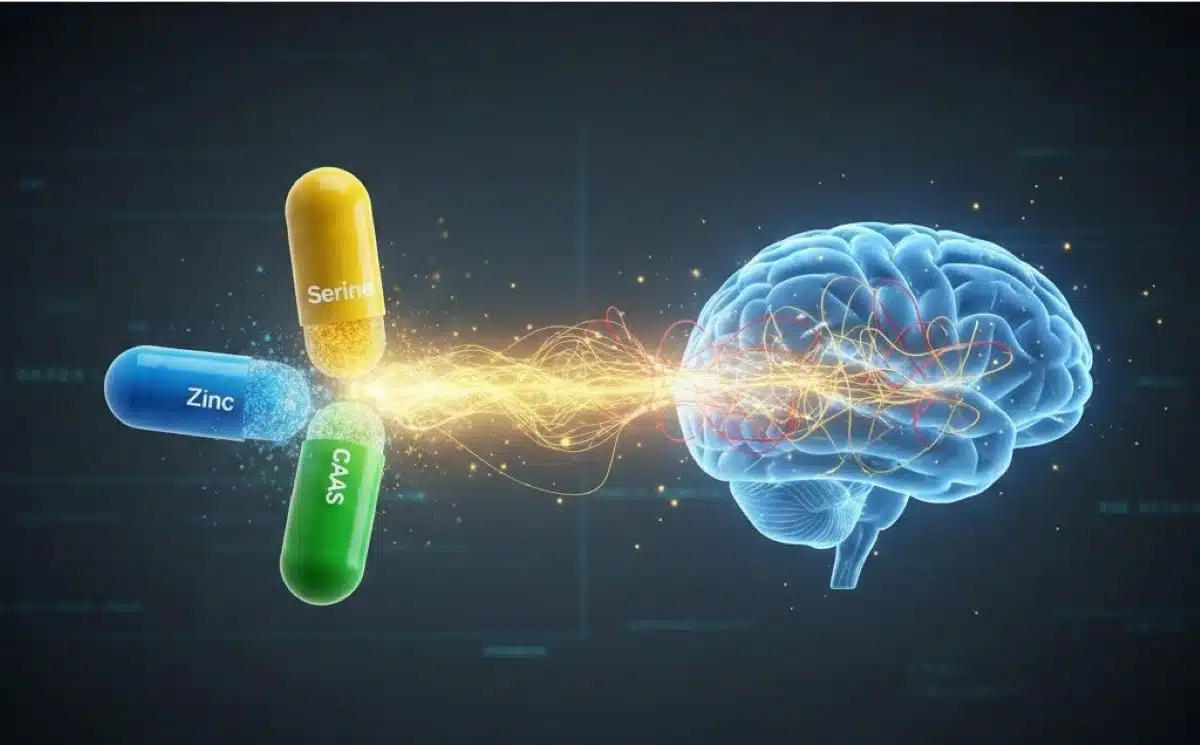


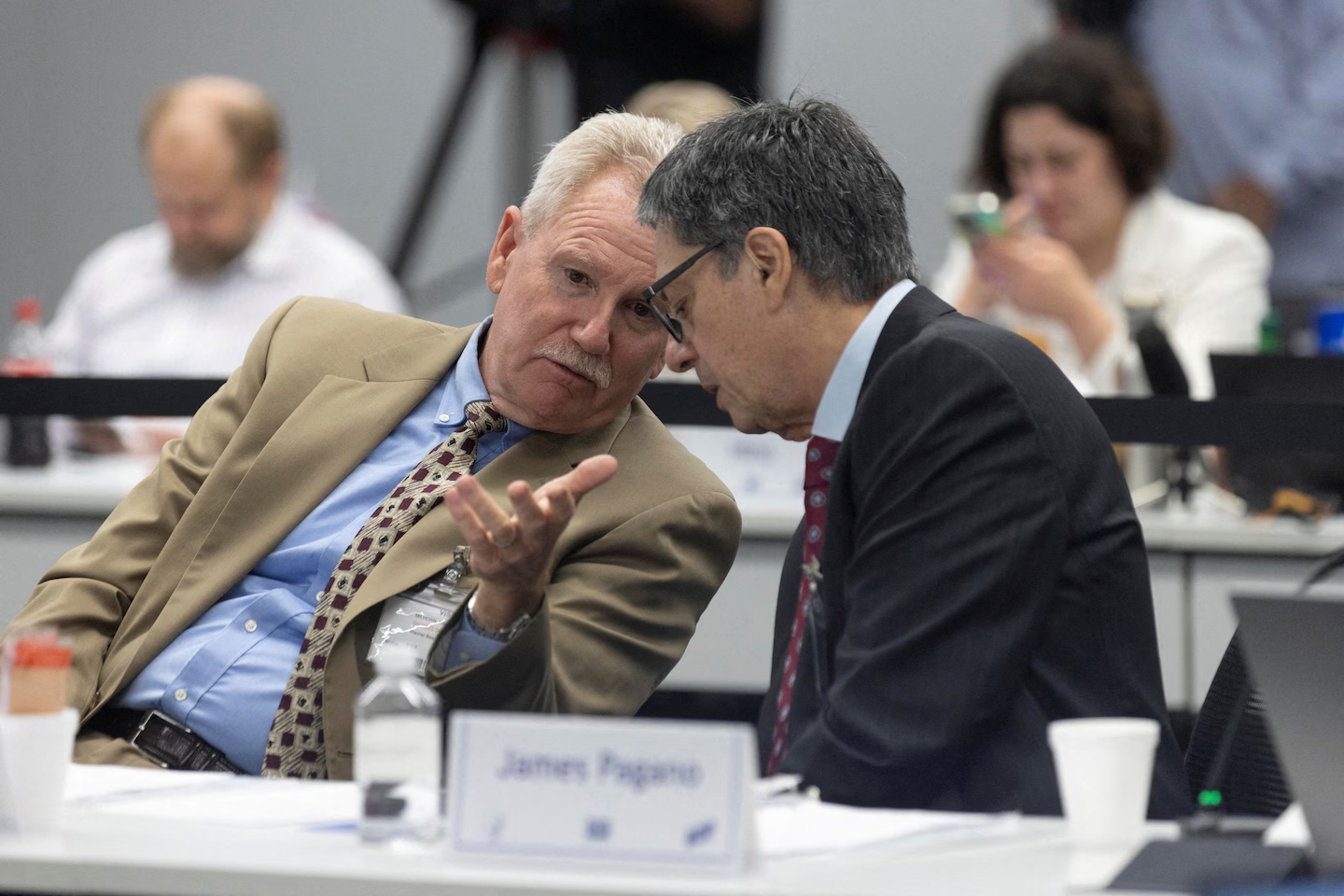
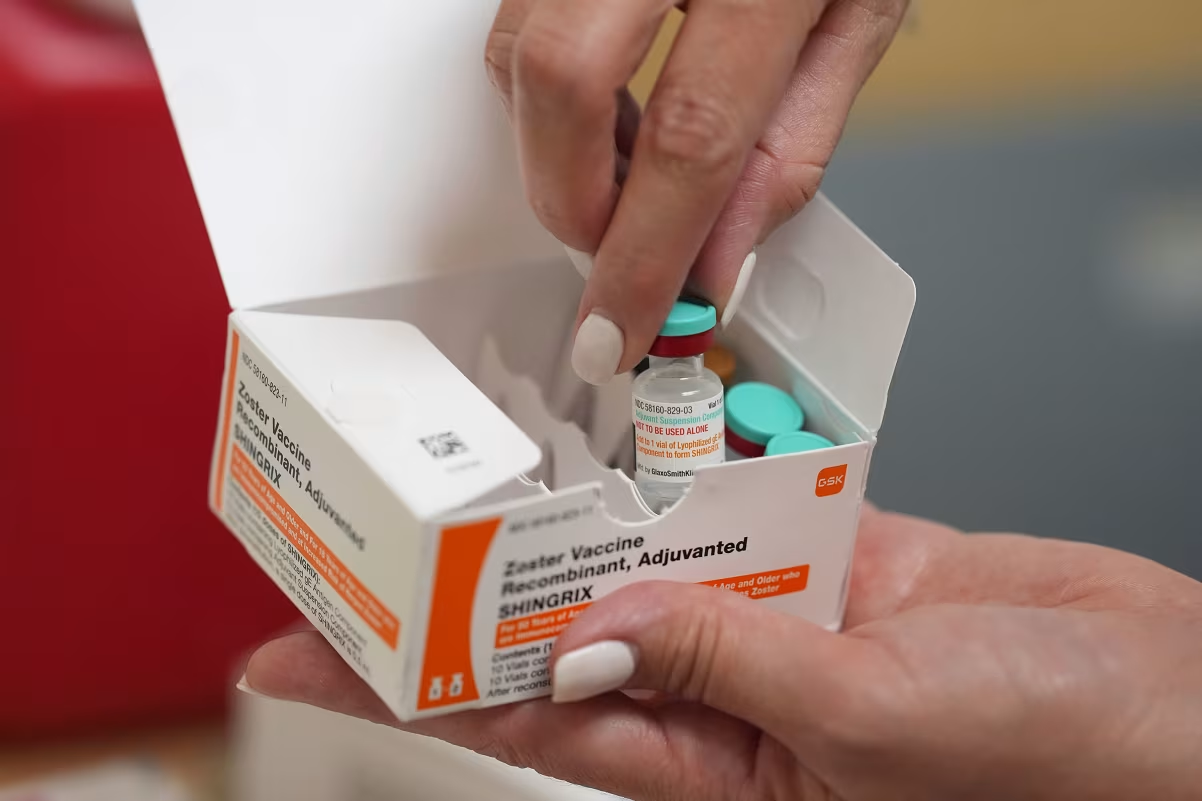
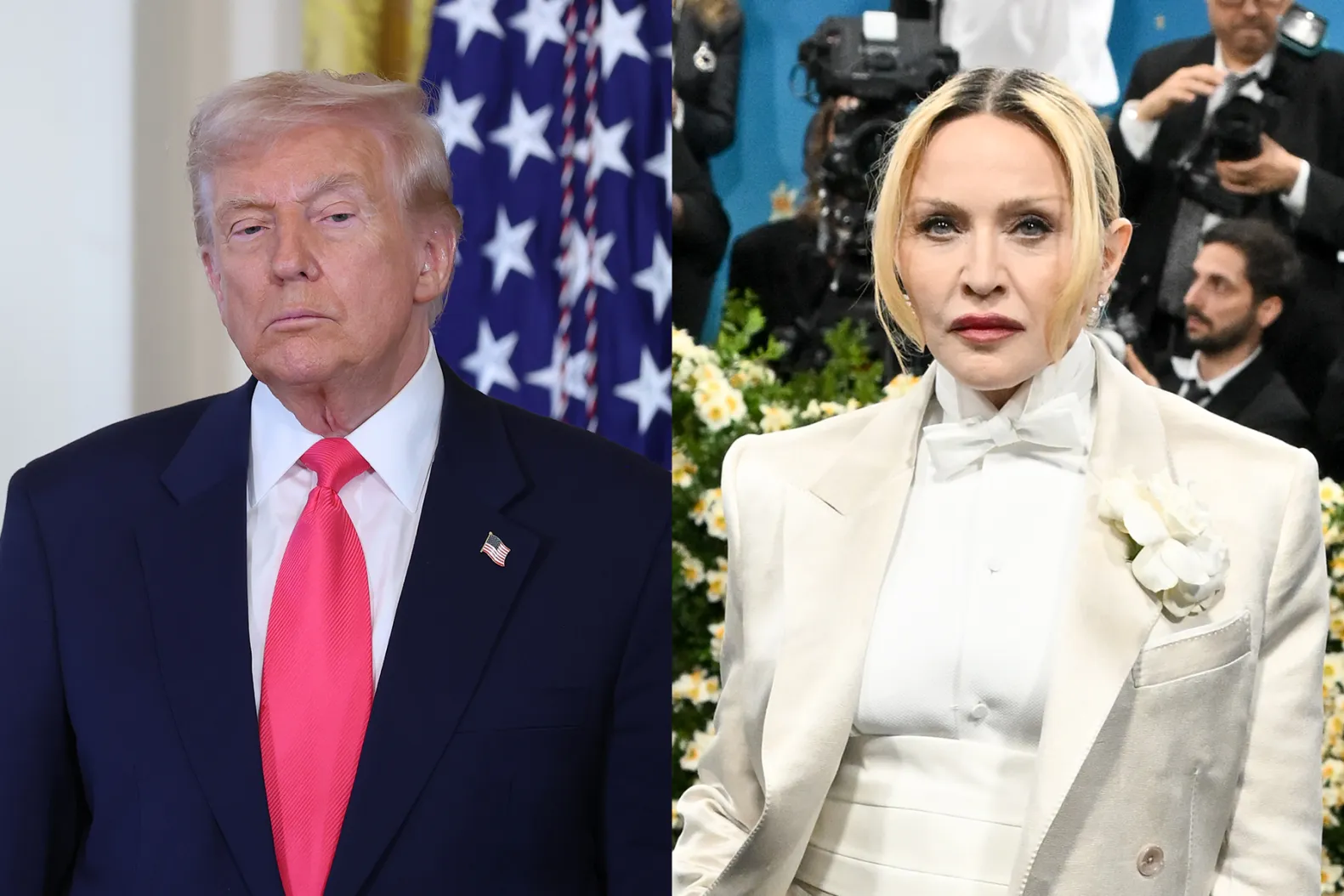
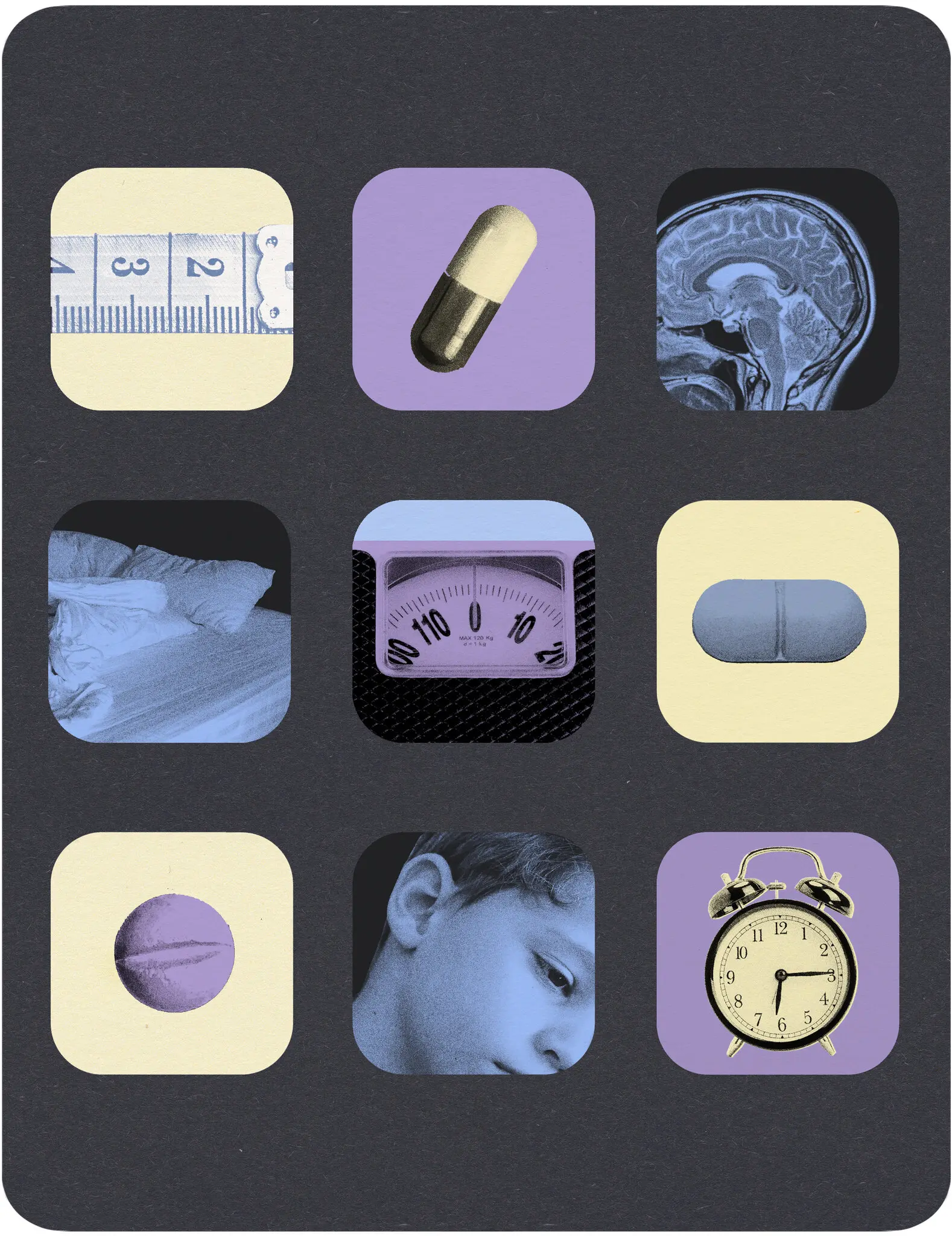


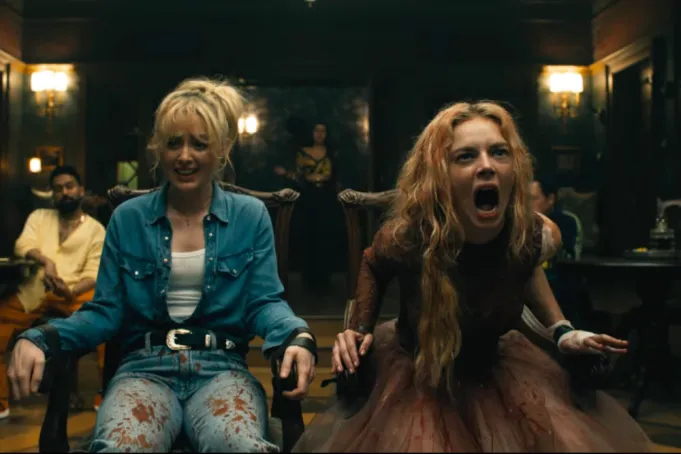
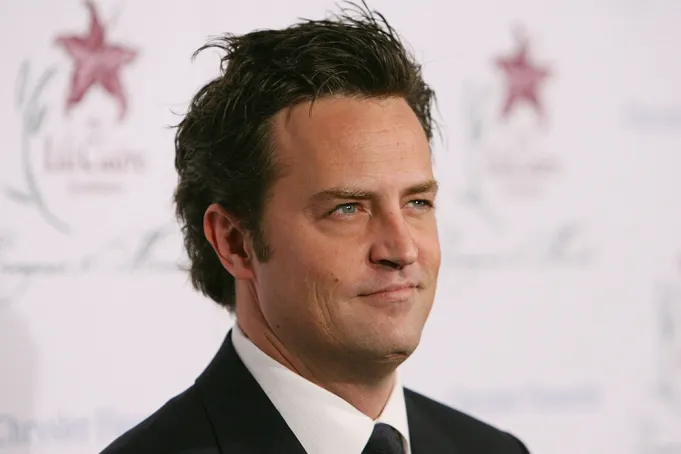

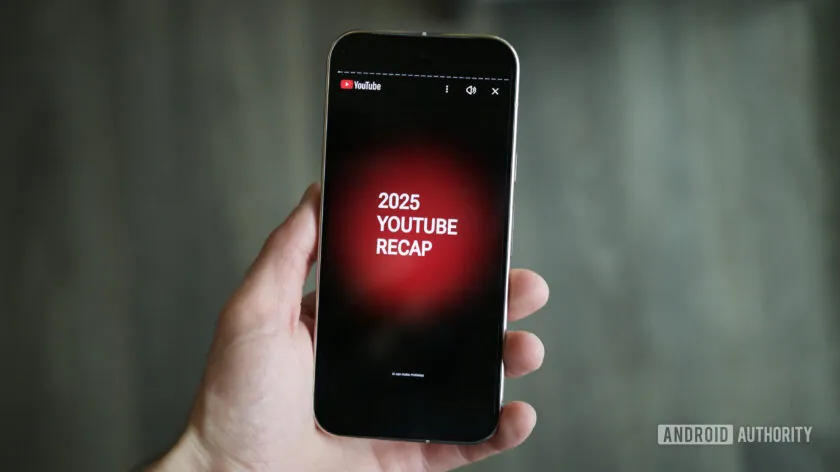
Leave a Reply